Oppo Find X6 Pro vs Oppo Find X6: What’s the difference?
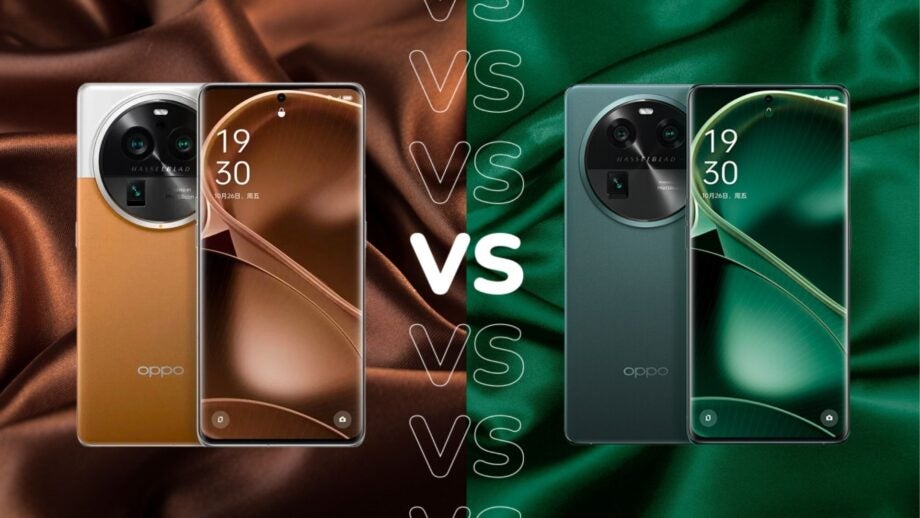
The Oppo Find X6 range is official – but what’s the difference between the Find X6 and Find X6 Pro? The two certainly look very similar.
The Find X6 is a flagship in its own right with a large 6.72-inch 120Hz AMOLED display, Dimensity 9200 chipset, 4800mAh and a triple 50MP camera system. However, the Find X6 Pro takes things to the next level with a 1-inch sensor powering its main 50MP camera, faster wired and wireless charging, the Snapdragon 8 Gen 2 and an adaptive 120Hz 6.82-inch AMOLED display.
The catch? Oppo has confirmed that the Oppo Find X6 range is exclusive to the Chinese market, with no plans for an international launch. Still, if you’re curious about how Oppo’s latest flagship range compares, we’ve got you covered.
Design and screen
The Oppo Find X6 and its premium X6 Pro sport the same general design, which is essentially to say they’re both premium glass-and-metal slabs with large camera housings on the rear.
The Pro model differentiates itself with the inclusion of an optional eco-leather (read: pleather) finish that takes up two-thirds of the rear, while the top segment is plated in aluminium. It’s a striking look, but one that’s much like marmite – you’ll either love it or hate it. The regular Find X6, on the hand, sports a glass rear regardless of the finish you opt for.
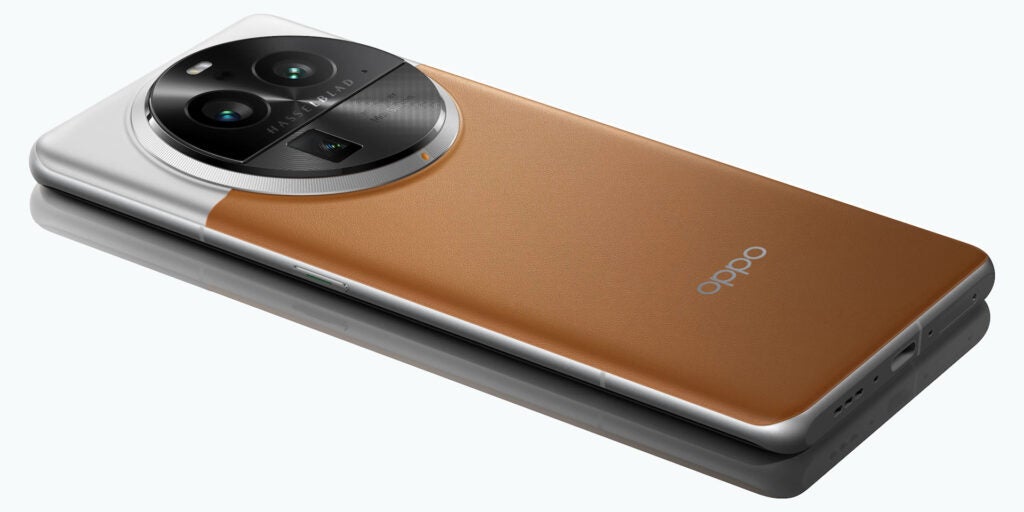
As noted, both sport a large circular camera housing that takes up a pretty large chunk of the rear. It’s not a new look – we’ve seen similar designs from the OnePlus 11 and Vivo X90 Pro recently – but Oppo looks to differentiate itself with the finer details.
The outer bezel, for example, is notched to mimic classic SLRs and the Pro model takes that further with an orange dot as a nod to the alignment dots on lenses. Of course, there’s also the Hasselblad partnership, with Hasselblad branding found front and centre.
The two aren’t completely identical in overall design though; the X6 Pro, for example, sports Corning’s Gorilla Glass Victus 2 and IP68 water resistance compared to lesser display protection and IP64 dust and water resistance from the standard X6. The standard model is lighter and thinner though, so it at least has that going for it.
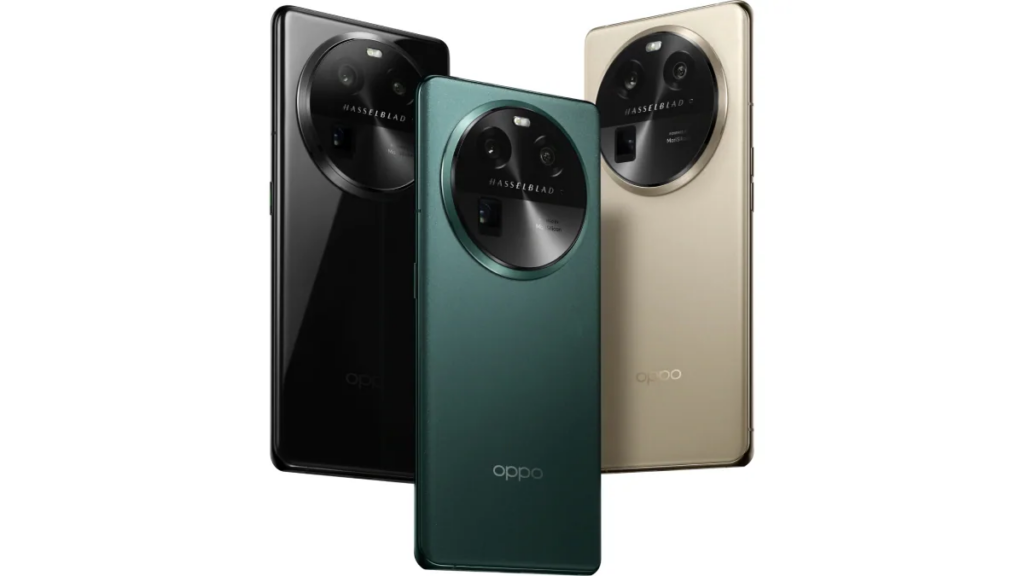
Display-wise, both sport 120Hz AMOLED panels that deliver vibrant colours and deep blacks, though there are plenty of differences. That starts with the size of the panels themselves, with the Find X6 Pro measuring in at 6.82 inches compared to the Find X6’s 6.74 inches, though there’s not that much in it.
However, the X6 Pro sports a higher resolution display at 1440 x 3168 and a top brightness of 2500nits, compared to the X6’s 1240 x 2772 and 1450nits. The Pro model also sports LTPO tech that allows it to drop down to as little as 1Hz in a bid to save battery life.
Cameras
You’d be forgiven for assuming that the Find X6 and Find X6 Pro sport the same camera system – after all, both models have 50MP main, 50MP ultrawide and 50MP periscope lenses on the rear – but there are key differences between the two when you scratch beneath the surface.
Let’s start with the Find X6 Pro, whose camera setup is arguably the biggest reason to opt for the high-end model over its cheaper sibling (and many competing flagships).
It mainly focuses on the main 50MP camera and, more specifically, the inclusion of a large 1-inch sensor. Combined with an f/1.75 aperture and advanced OIS capabilities, the X6 Pro boasts a large surface area to capture more light and deliver improved images both in well-lit and low-light conditions.
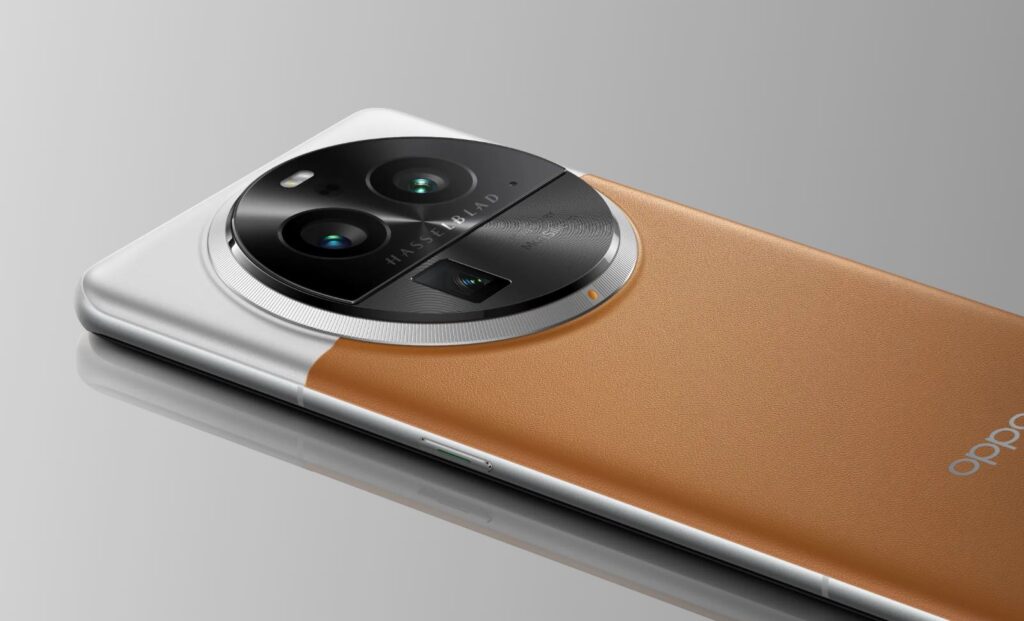
We’ve seen this from other 1-inch sensors from the likes of the Vivo X90 Pro and Xiaomi 13 Pro, and we’re expecting much the same here.
It’s not just about the main camera though; the 50MP ultra-wide boasts a 1/1.56in sensor that’s much larger than the sensor of most other ultrawide smartphone cameras, paired with an f/2.2 aperture and a 110-degree FOV.
Finally, there’s a periscope telephoto lens that offers 3x optical zoom and digital zoom all the way up to 120x. Like the ultrawide it has a fairly large 1/1.56in sensor, though with a slightly narrower f/2.6 aperture.
The good news for Find X6 users is that the periscope lens is identical to that of the Pro – though the same can’t quite be said for the main and ultrawide lenses.
The main camera sports the same 1/1.56in sensor as the telephoto lens, which is to say that while fairly big, still can’t compete with the 1-inch sensor of the Pro model. That’s coupled with an f/1.7 aperture and OIS, though the latter isn’t quite as capable as the Pro model.
The ultrawide seems to be the most neglected in the standard Find X6, sporting the smallest sensor size in the range, though with a slightly wider f/2.0 compared to the Pro model’s f/2.2 and a slightly wider FOV at 112 degrees.
Thankfully, things aren’t quite as complicated when it comes to the selfie camera offering, with both models sporting the same 32MP snapper with autofocus tech and the ability to record in 1080p at 30fps, so your selfies will look just as good regardless of the model you opt for.
Performance
Performance looks to be solid regardless of the model you opt for, though as you might expect, the Find X6 Pro has a slight edge – in benchmarks, at the very least.
That’s because the Find X6 Pro sports Qualcomm’s latest and greatest Snapdragon 8 Gen 2 chipset that can achieve maximum clock speeds of 3.19Ghz compared to the (also top-end) MediaTek Dimensity 9200’s 3.05GHz found within the standard Find X6.
Both chipsets are at the top of their game and you shouldn’t notice much of a difference in day-to-day use, and both models ship with either 12- or 16GB of super-fast LPDDR5X RAM, though the Snapdragon chipset could serve you better in particularly performance-heavy tasks.
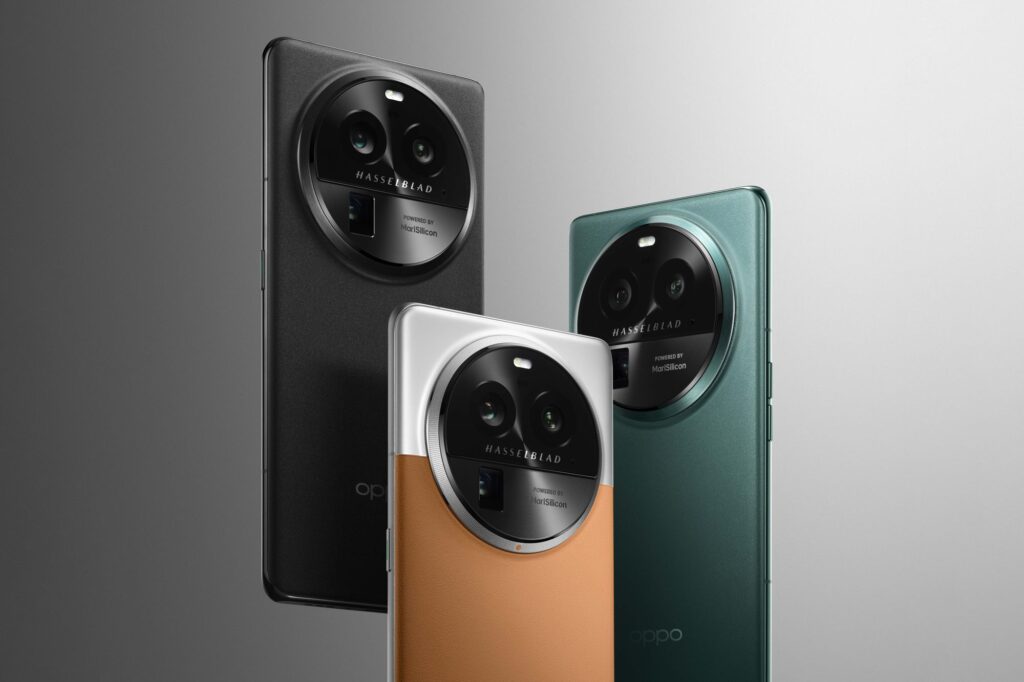
Battery performance should also be solid across both models, though the Find X6 Pro pips the X6 to the punch with a slightly larger 5000mAh capacity compared to 4800mAh. However, with the Pro model sporting a slightly larger display, battery life should be indistinguishable between the two.
Instead, it’s in the charging department that the two really differ, with the X6 limited to 80W Super Flash charging while the X6 Pro boasts not only faster 100W Super Flash charging but also fast 50W wireless charging and 10W reverse wireless charging too.
In reality, the difference between 80W and 100W is fairly negligible – there will likely only be a difference of a few minutes in 0-100% charge times – but the flexibility to wirelessly charge is a strong point of the Pro model.
Elsewhere, both phones sport 5G connectivity, Wi-Fi 7, Bluetooth 5.3 and NFC, and both ship with Android 13 running Oppo’s ColorOS skin.
Early thoughts
The Oppo Find X6 is an impressive smartphone in its own right, with a large, smooth AMOLED display, top-end processing power, a large battery and a capable triple 50MP rear camera system that allows it to compete with 2023 flagships with ease.
But if you really want the best of the best, the Oppo Find X6 Pro is the one to go for. It not only has faster charging, a larger display, faster charging (both wired and wireless) and a faster processor but it’s one of few phones on the market to offer a large 1-inch camera sensor for impressive photography.
However, with both models confirmed to be exclusive to China with no plans for an international release, it’s not a decision that most of us will be facing anytime soon. Head on over to our selection of the best smartphones to find something that is actually available.


